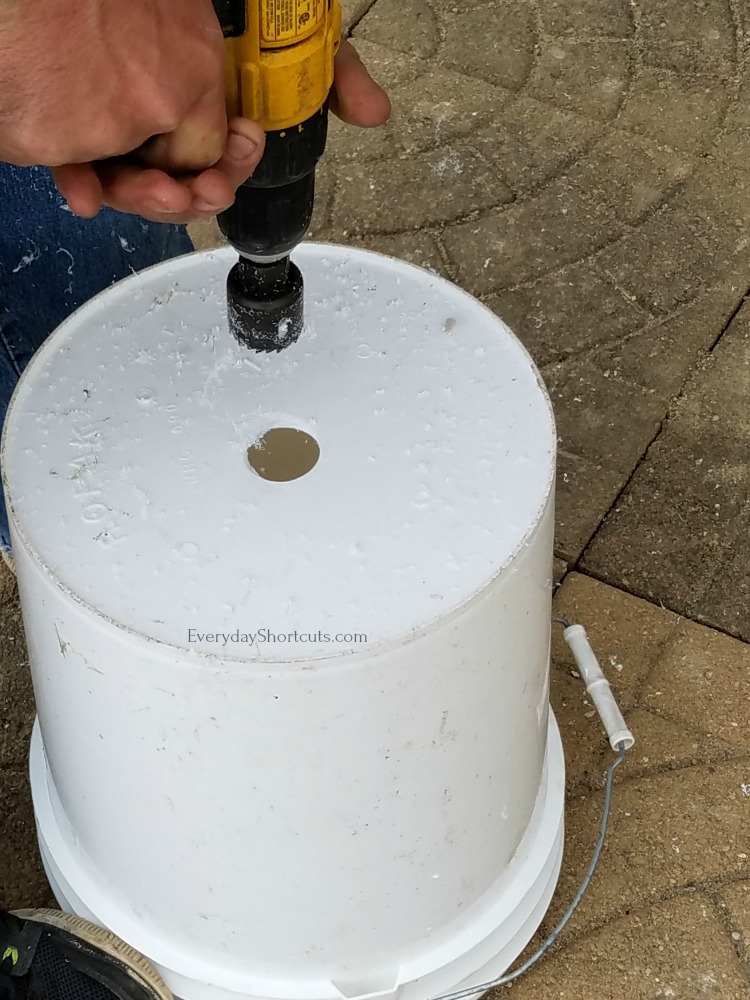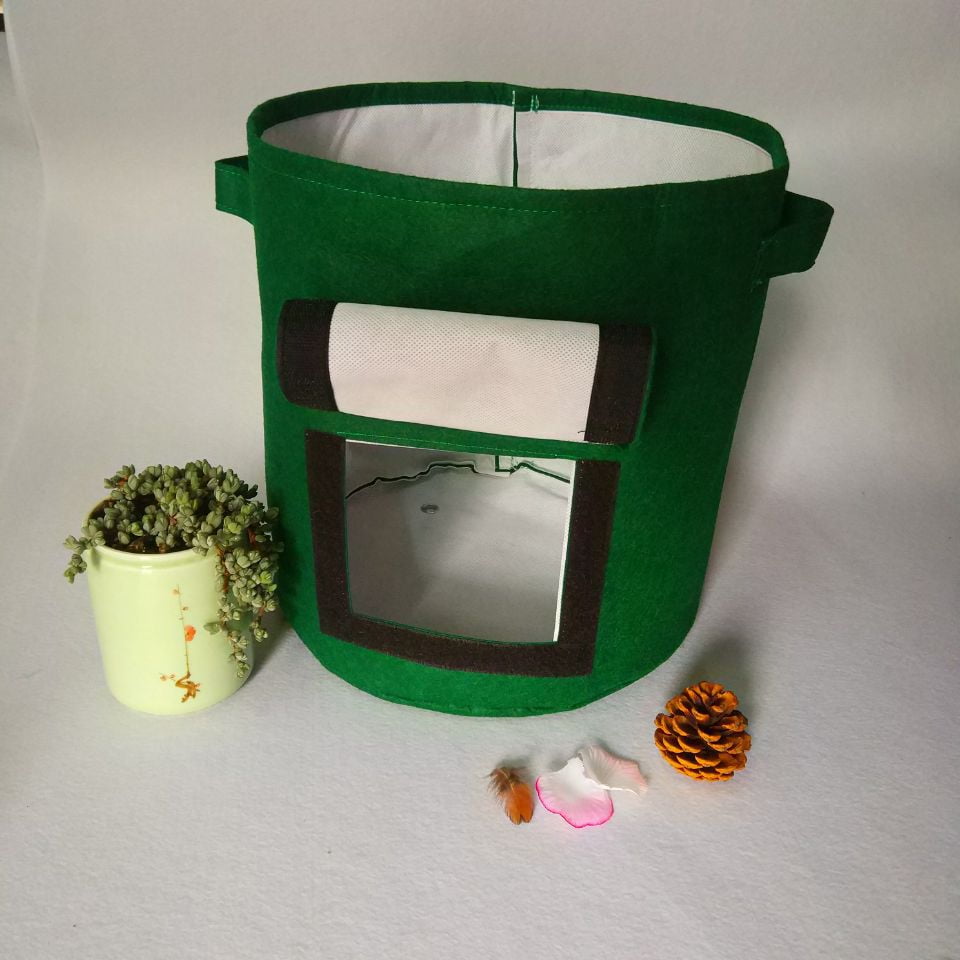

Or install a drip irrigation system to make watering a snap! 7) Fertilize You can also buy or DIY self-watering planters which have reservoirs of water so that plants don’t dry out between waterings. Therefore, plant tomatoes in the largest pots you can. That means they need to be watered less often than small pots. To check moisture levels, stick a finger down into the potting mix and if it’s dry an inch or two down, water.Īlso be mindful that larger pots hold more soil volume and water. The soil should be slightly moist, but not wet.

Sometimes it’s just once a day or every two days. Some summer days I grab my hose to water my container tomatoes in the morning and afternoon. Watering frequency depends on the size of the plant, size of the pot, composition of the growing medium (compost helps hold water), weather, temperatures, and more. If you’re allowing your tomato plants to wilt between waterings, you’re more likely to see blossom end rot. Blossom end rot isn’t caused by a disease but rather calcium deficiency typically from inconsistent watering.

Container-grown tomatoes are more prone to blossom end rot, a physiological disorder that results in a dark, leathery-looking spot to form on the blossom end of the fruit. 6) WaterĬonsistent watering is essential when growing tomato plants in pots. The pretty, heart-shaped tomatoes are sweet and perfect for salads. My Heartbreaker tomato plants grow about a foot tall and are the first to produce fruits in my garden. Instead, plant cherry tomatoes which will still crop, although more modestly, when given 4 to 5 hours of daylight.
Tomato plants in 5 gallon buckets full#
If you have less light, avoid large-fruited tomatoes which need full sun to mature their fruits.

Tomatoes are sun-loving plants and produce the best harvest when placed on a deck, balcony, or patio with at least eight hours of light. As the plant grows, continue to tie the main stem loosely to the support every week or so. You can use heavy-duty, lifetime tomato cages, trellises, or stakes. For indeterminate, or vining tomatoes, which can grow six feet tall or more, you’ll need to provide strong support for the vigorous plants. For determinate or dwarf varieties that grow two to three feet tall, you can use tomato cages. Super compact varieties like ‘Red Robin’ or cascading tomatoes for hanging baskets like ‘Tumbler’ don’t require cages or stakes. Many container-grown tomato plants need support from a tomato cage, stake, or trellis. I bury the seedlings half deep in the potting mix, removing any leaves that would be under the soil. Planting each tomato seedling deeply encourages strong, deep-rooted plants. Tomato plants have the lovely ability to form roots all along their stems. Or, can just use a compost-rich planting medium like FoxFarm Ocean Forest Potting Soil. To keep container-grown tomatoes happy, I fill my pots with a 50-50 mixture of a high-quality potting mix like Pro-Mix Vegetable and Herb and compost. Tomatoes appreciate a well-drained soil but also grow best when given plenty of organic matter. Many companies also offer planters with attached trellises for easy set-up and an instant tomato garden. Fabric pots are free-draining and don’t need drainage holes. For that reason, I tend to grow my container tomatoes in plastic pots or fabric planters. This is easy to do with a drill if the pot is made from plastic or wood, harder if it’s a ceramic pot. Tomatoes need excellent drainage and if the pot has just a single drainage hole, you’ll need to add more. Once you’ve found the right sized pot, flip it over and check to see if it has drainage holes. When looking for the best tomatoes for containers, read the description of the variety noting its mature size and pick an appropriate-sized pot. Others, like ‘Sungold’ can grow over seven-feet tall and need a large five to seven gallon container. Some tomatoes, like ‘Micro Tom’ grow just a foot tall and can be planted in small, six-inch diameter containers. When growing in containers, there are a few simple strategies you can use to boost success and keep plants healthy and productive. Growing tomatoes in containers: 7 strategies for success I grow a wide variety of slicing, cherry, and paste tomatoes in fabric planters in my garden and polytunnel. Tomatoes are a vegetable that thrives when grown in pots and you can help ensure success when you pick the best varieties for containers and pair them with my seven strategies for growing a bumper crop of delicious tomatoes in pots. Tomatoes are the most popular vegetable grown in gardens, but even small or no-space gardeners can enjoy a harvest of homegrown tomatoes when they plant in containers.


 0 kommentar(er)
0 kommentar(er)
